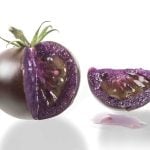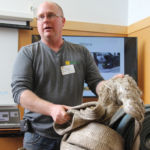
Tag Archives University of Manitoba

The future of broadcasting nitrogen in the fall
The inefficient practice is on the rise; however limits may be on the way in Manitoba

Farm it like you’re ‘just’ renting it?
Do farmers look after rented farmland differently than land they own? Should they?

Detecting grain spoilage in the bin before it starts
An adaptation of cancer-screening technology offers a better and safer way to check for grain bin moisture, with a bonus of theft detection

Maintaining canola quality in grain bags
Canola acreage is up. Will you need to store some of your harvest in grain bags? Keep the quality high
Researchers from the University of Manitoba have recently published two studies on how canola fares when stored in grain bags for different periods of time. The research was done under Prairie weather conditions, funded by the Canola Council of Canada. Grain bags, sometimes called silo bags, are marketed as temporary storage solutions for farmers who […] Read more
Be ready to scout and control flea beetles
Flea beetles move fast and do a lot of damage. Be sure to keep ahead of them in your canola crops

Despite the headlines, ag does a good job
Hart Attacks: It’s a challenge to produce crops and livestock and manage consumer perception as well

Palmer amaranth continues to spread north
Producers should learn to spot the tall, fast-growing weed before it becomes a problem

Safely extricate a stuck machine
Replace those chains with tow straps and think safety

Simplifying phosphorus
Experts’ opinion on P fertilizer have changed over time, and are still changing now

Wheat research in the pipeline
Not happy with wheat in your rotation? One of these projects will brighten your future


